Feed description:

While the world eagerly awaits the launch of a spacecraft to the Moon, a robot quietly reaches yet another milestone in space.
Viewed by
You are the first to view

Viewed by
You are the first to view
#SpaceSnap Believe It or Not, There is Such a Thing as a Hockey Stick Galaxy - iTech Post
9/4/22 at 3:22am

There is a reason why it is named the Hockey Stick Galaxy. (Photo : ESA/Hubble & NASA)The star of this NASA/ESA Hubble Space Telescope image is a galaxy known as NGC 4656, located in the constellation of Canes Venatici (The Hunting Dogs).
Viewed by
You are the first to view
Nasa has halted the operation to fuel its new moon rocket after a hazardous leak was detected hours before lift-off.
Viewed by
You are the first to view
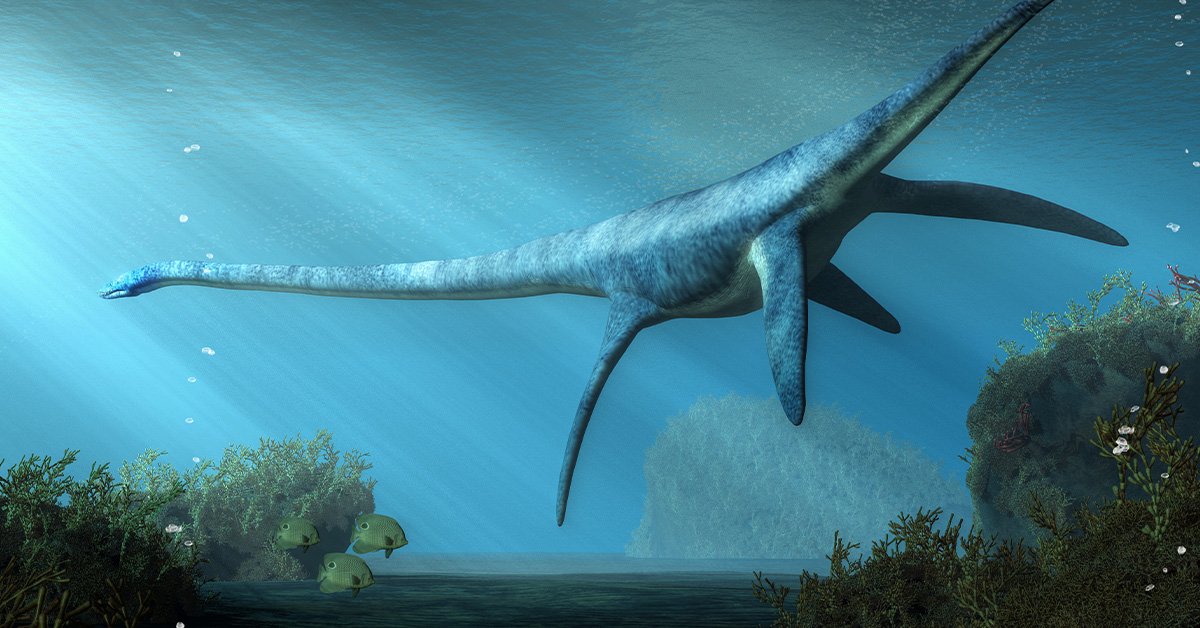
How creationists can interpret unique plesiosaur fossil evidence in a flood context
Viewed by
You are the first to view
The genus Serratia revisited by genomics - Nature.com
9/4/22 at 3:22am
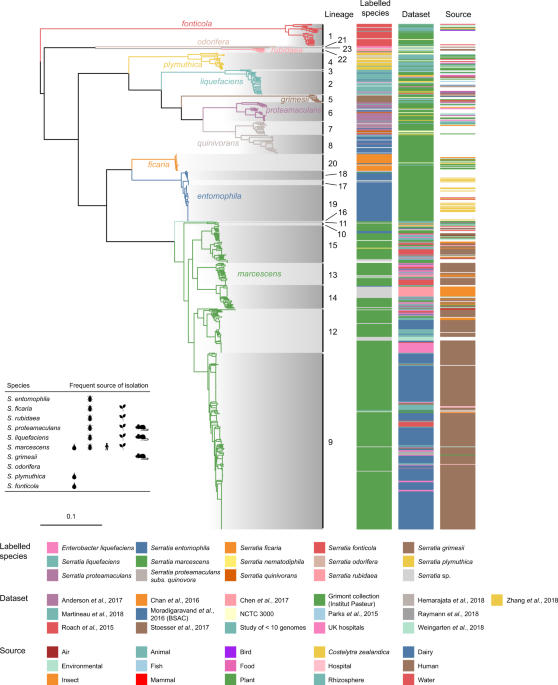
The genus Serratia includes clinically-important and diverse environmental bacteria. Here, Williams et al. assemble and analyse a representative set of 664 genomes from across the genus, including historic isolates, to provide a genome-based phylogenetic fram…
Viewed by
You are the first to view
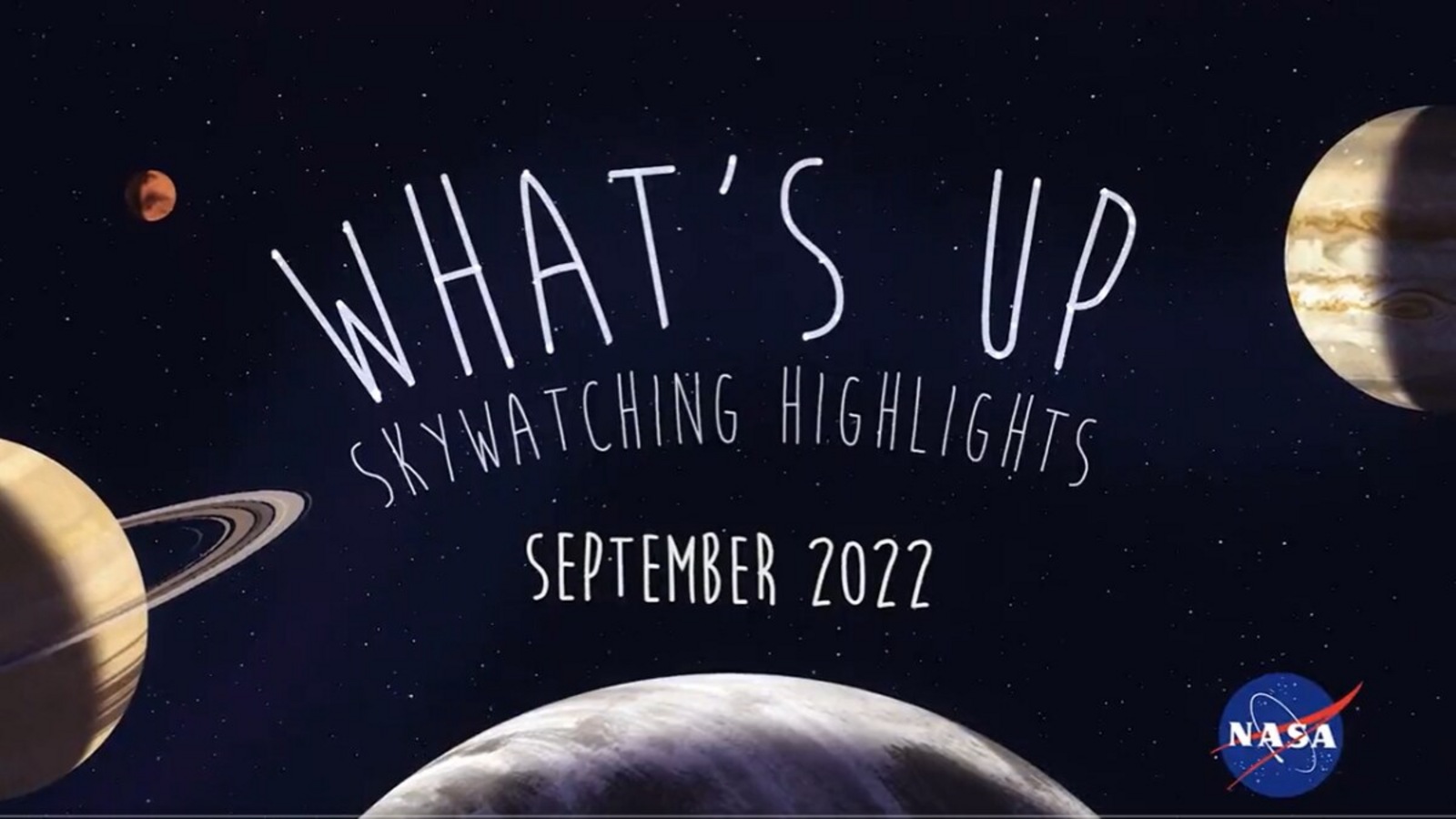
From first quarter moon, shortest solar day, autumnal equinox and more, here is what you can look for in the sky in September, according to NASA.
Viewed by
You are the first to view
Solar Orbiter to look at Venus' magnetic field as it swings by the planet - Space.com
9/4/22 at 3:22am
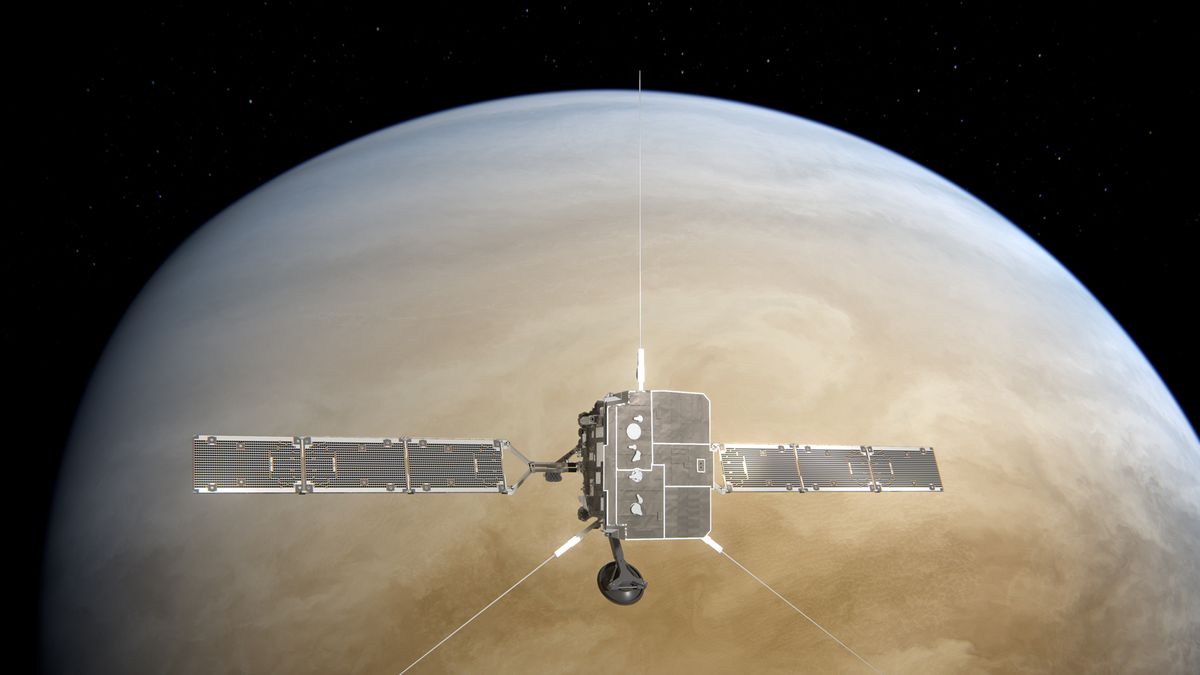
"It is very interesting 'bonus science' enabled by Solar Orbiter's orbit design."
Viewed by
You are the first to view
JWST takes a peek at the first ever galaxies - Astrobites
9/4/22 at 3:22am

Brand new data could force us to re-think how galaxies form and evolve in the early Universe -- but there's no need to panic!
Viewed by
You are the first to view
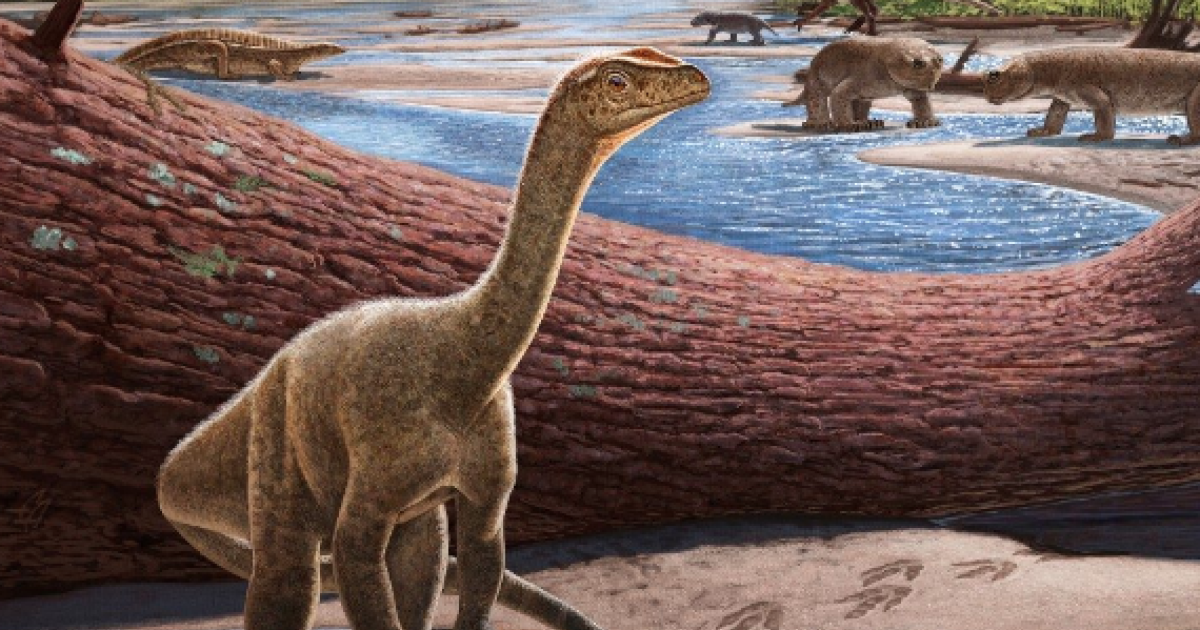
The earliest dinosaur skeleton yet recovered in Africa has been discovered by an international team of paleontologists. The skeleton of the plant-eating
5 similar
Viewed by
You are the first to view

Scientific Reports - Pd on cyclotriphosphazen-hexa imine decorated boehmite as an efficient catalyst for hydrogenation of nitro arenes under mild reaction condition
Viewed by
You are the first to view

The legendary craft is still speeding through space.
Viewed by
You are the first to view
Cosmonauts Complete Robotics Spacewalk at International Space Station - SciTechDaily
9/4/22 at 3:22am
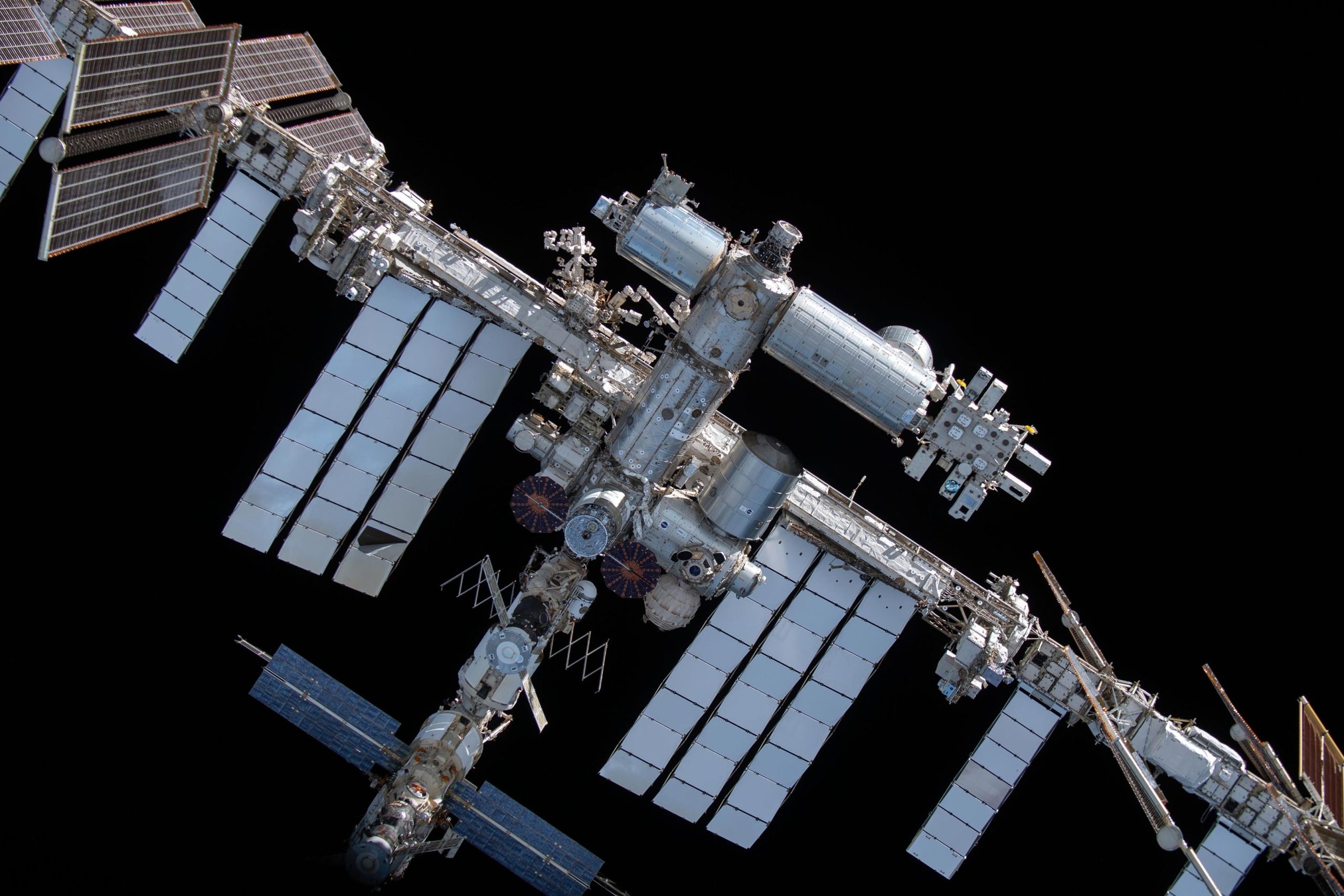
Expedition 67 Commander Oleg Artemyev and Flight Engineer Denis Matveev, both of Roscosmos, concluded their spacewalk at 5:12 p.m. EDT (2:12 p.m. PDT) after 7 hours and 47 minutes. Artemyev and Matveev completed their major objectives, which were tasks left u…
Viewed by
You are the first to view
Supernova SN 2022prr in NGC 6745 galaxy: a image - 20 Aug. 2022. - The Virtual Telescope Project 2.0 - The Virtual Telescope Project 2.0
9/4/22 at 3:22am
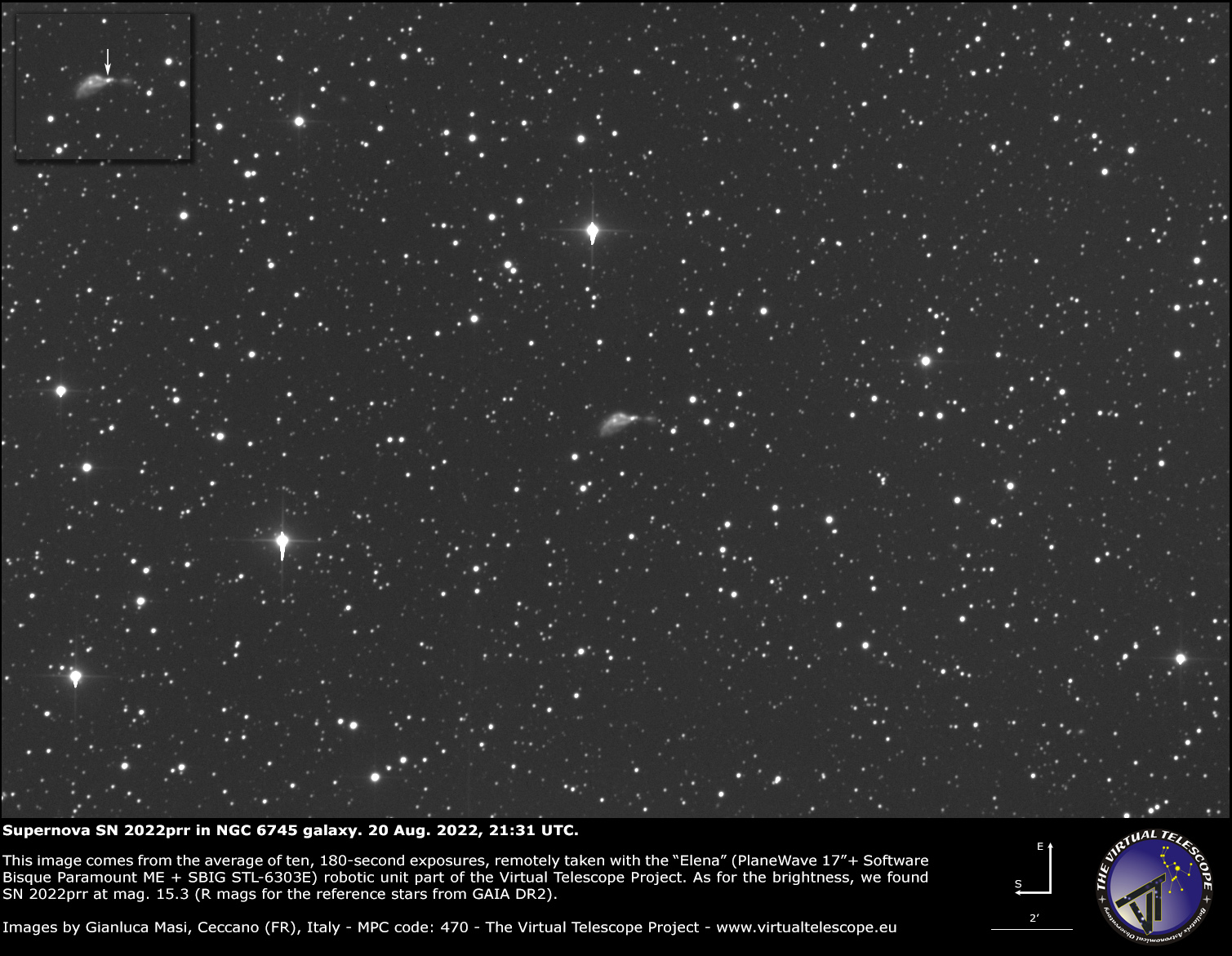
Supernova SN 2022prr in NGC 6745, imaged on 20 Aug. 2022 by Gianluca Masi via the Virtual Telescope Project, Italy.
Viewed by
You are the first to view
Beware! Gigantic killer asteroid hurtling towards the Earth today, says NASA; Will it strike us? - HT Tech
9/3/22 at 10:38am
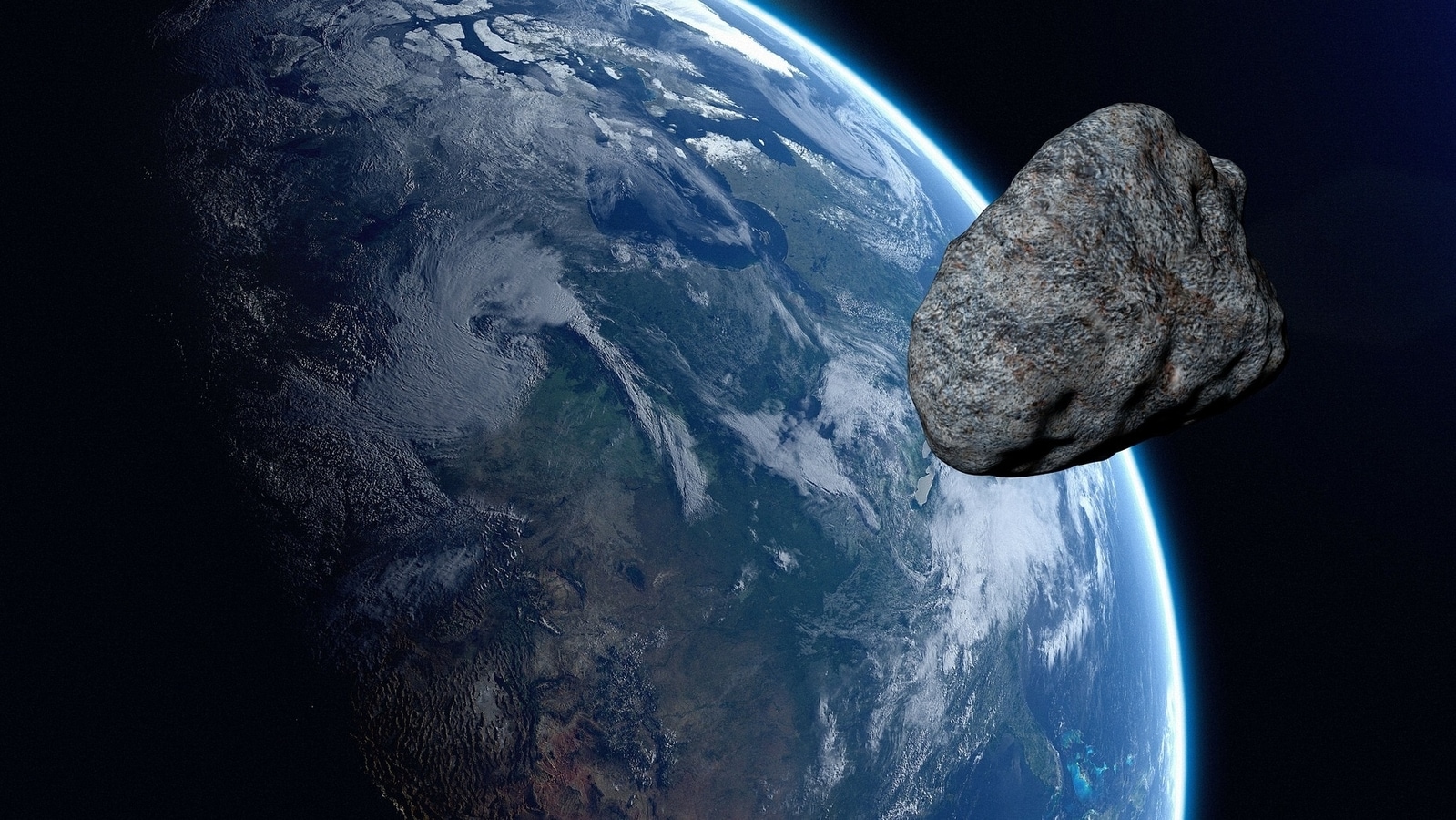
2022 QO31, a 150-foot wide asteroid, is going to make its closest approach to the Earth today, September 3, according to NASA and can pose a horrific threat to us. What is the likelihood of a strike? Find out.
3 similar
Viewed by
You are the first to view
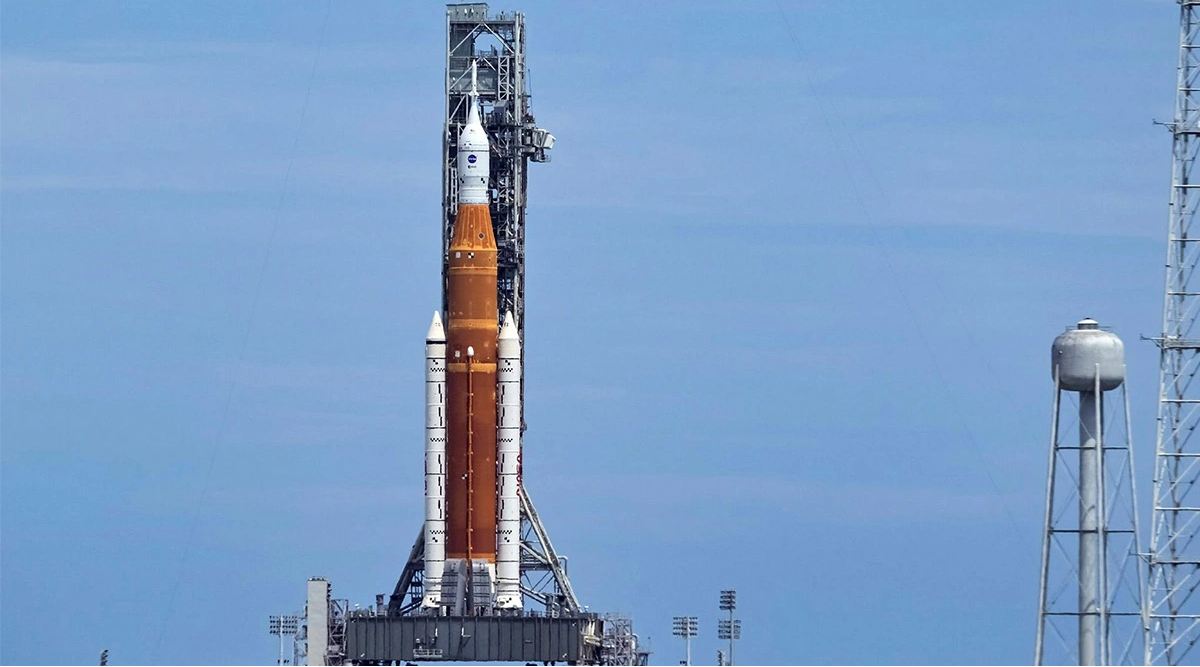
The Space Launch System that will be used in Artemis I is one of the most powerful rockets ever built by NASA.
Viewed by
You are the first to view
Africa's oldest dinosaur unearthed in Zimbabwe - SowetanLIVE
9/4/22 at 3:22am
Scientists have unearthed remains of Africa's oldest dinosaur in Zimbabwe which lived about 230 million years ago.
5 similar
Viewed by
You are the first to view
NASA Moon rocket ready for second attempt at liftoff - EWN
9/3/22 at 10:38am

The launch is scheduled for 2:17 pm local time (1817 GMT) from Kennedy Space Center in Florida, with a possible two-hour delay if necessary.
Viewed by
You are the first to view
Nasa astronaut reveals why he won’t live in Elon Musk’s Mars colony... - The US Sun
9/4/22 at 5:39pm

Viewed by
You are the first to view
Dynamic proton aurora events observed on Mars - Tech Explorist
9/3/22 at 10:38am
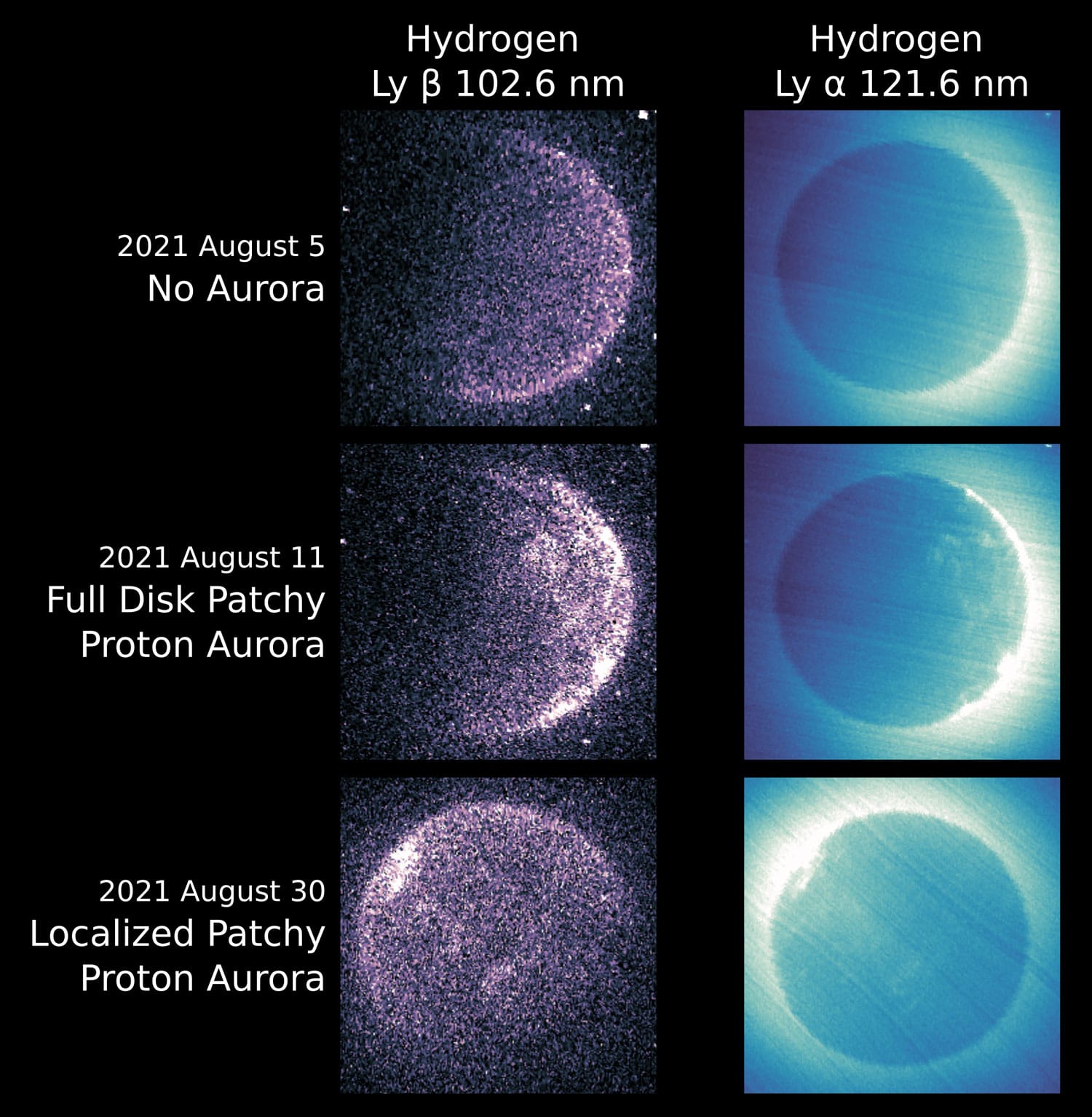
The study presents first definitive evidence for spatially localized “patchy” proton aurora on Mars.
1 similar
Viewed by
You are the first to view
Moon and Antares | StarDate Online - Stardate.org
9/3/22 at 10:38am
If you watch where the Sun rises and sets every day for a month, there’s generally not a lot of difference. But that’s not the case for the Moon. During its month-long cycle of phases, its rising and setting points race north and south along the horizon.The M…
Viewed by
You are the first to view
How Do Stars Get Kicked Out Of Galaxies? - Science ABC
9/3/22 at 10:38am

Supermassive black holes are responsible for binding the stars to the galaxy but under certain conditions can kick them out as well.
Viewed by
You are the first to view
Artemis 1: Nasa to make second attempt at launching rocket around moon - The Guardian
9/3/22 at 10:37am
Review after aborted first launch of uncrewed ship finds problem was only a faulty sensor, not cooling system or engine itself
Viewed by
You are the first to view
It's raining diamonds across the universe, research suggests - CGTN
9/4/22 at 5:39pm
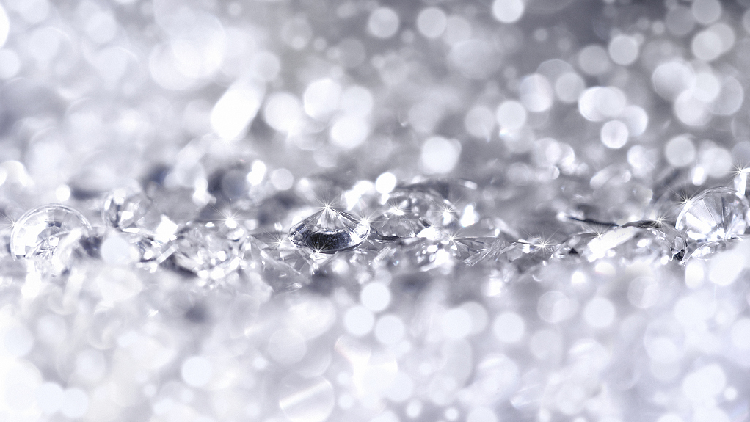
It could be raining diamonds on planets throughout the universe, scientists suggested Friday, after using common plastic to recreate the strange precipitation believed to form deep inside Uranus and Neptune.
Viewed by
You are the first to view
It's raining diamonds across the universe, research suggests - eNCA
9/4/22 at 3:22am
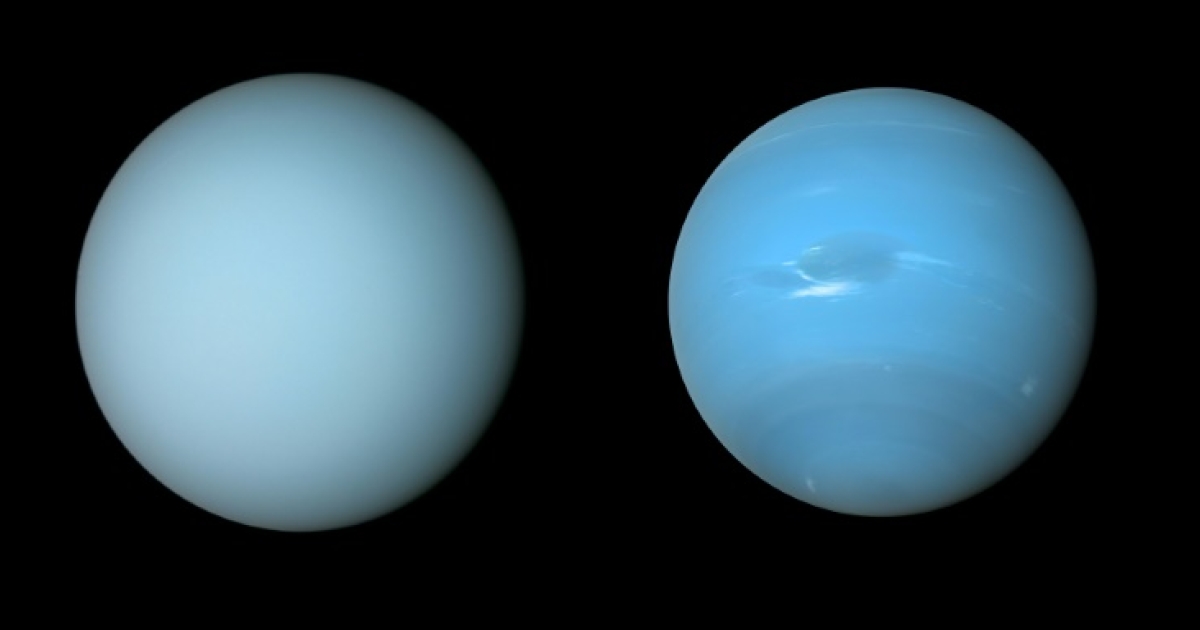
Scientists had previously theorised that extremely high pressure and temperatures turn hydrogen and carbon into solid diamonds thousands of kilometres below the surface of the ice giants.
9 similar
Viewed by
You are the first to view